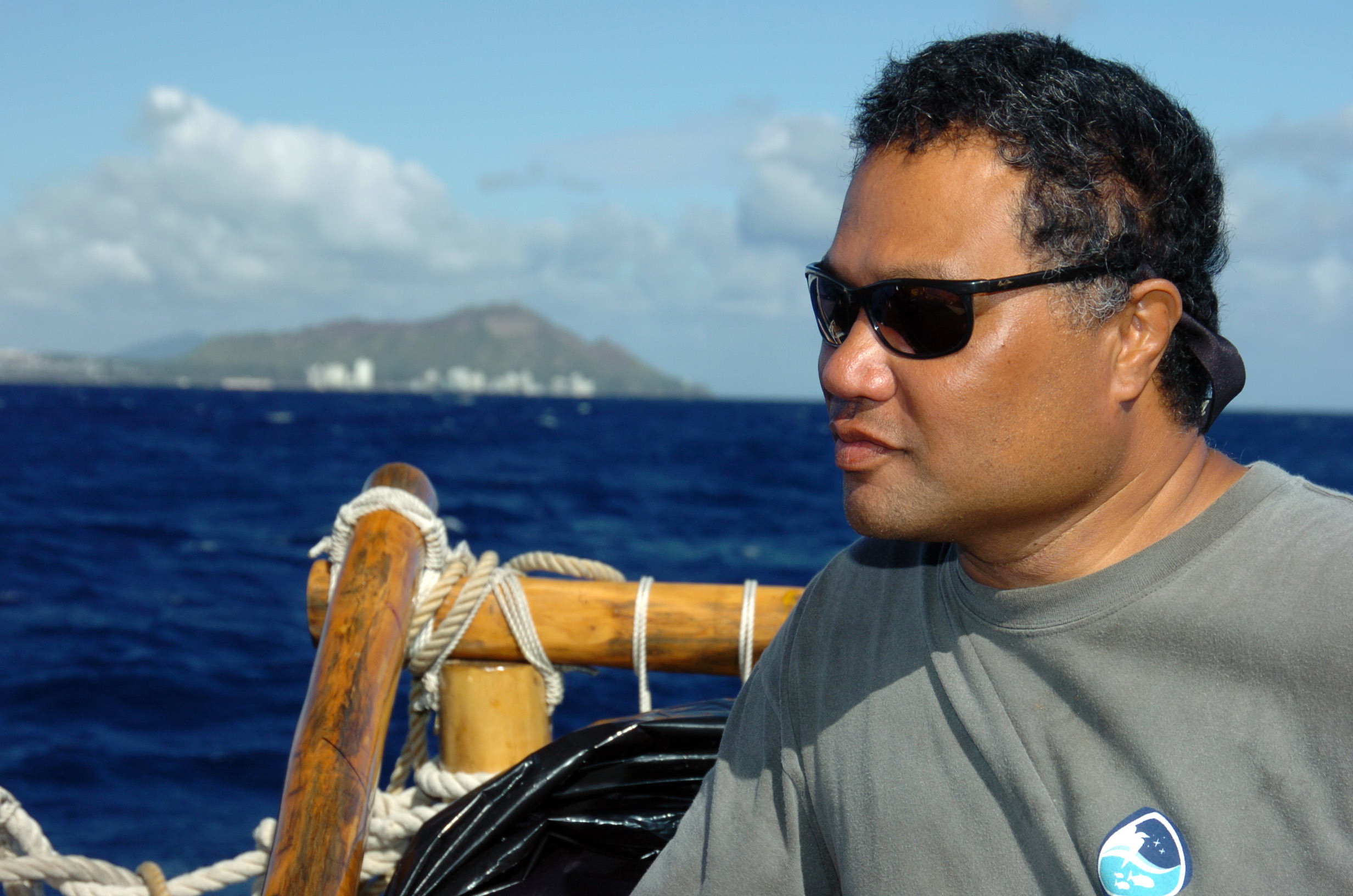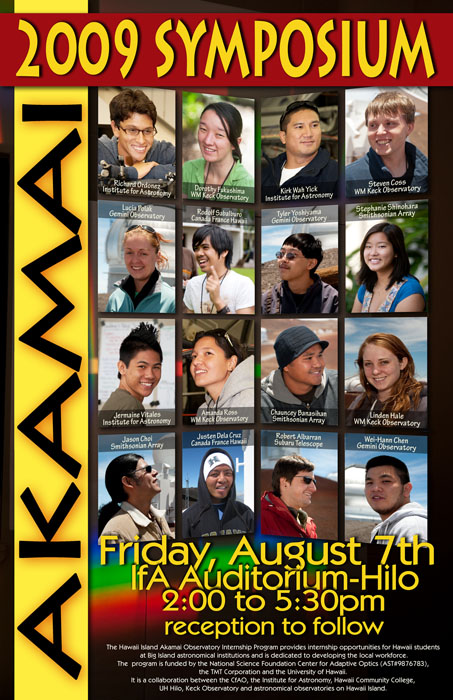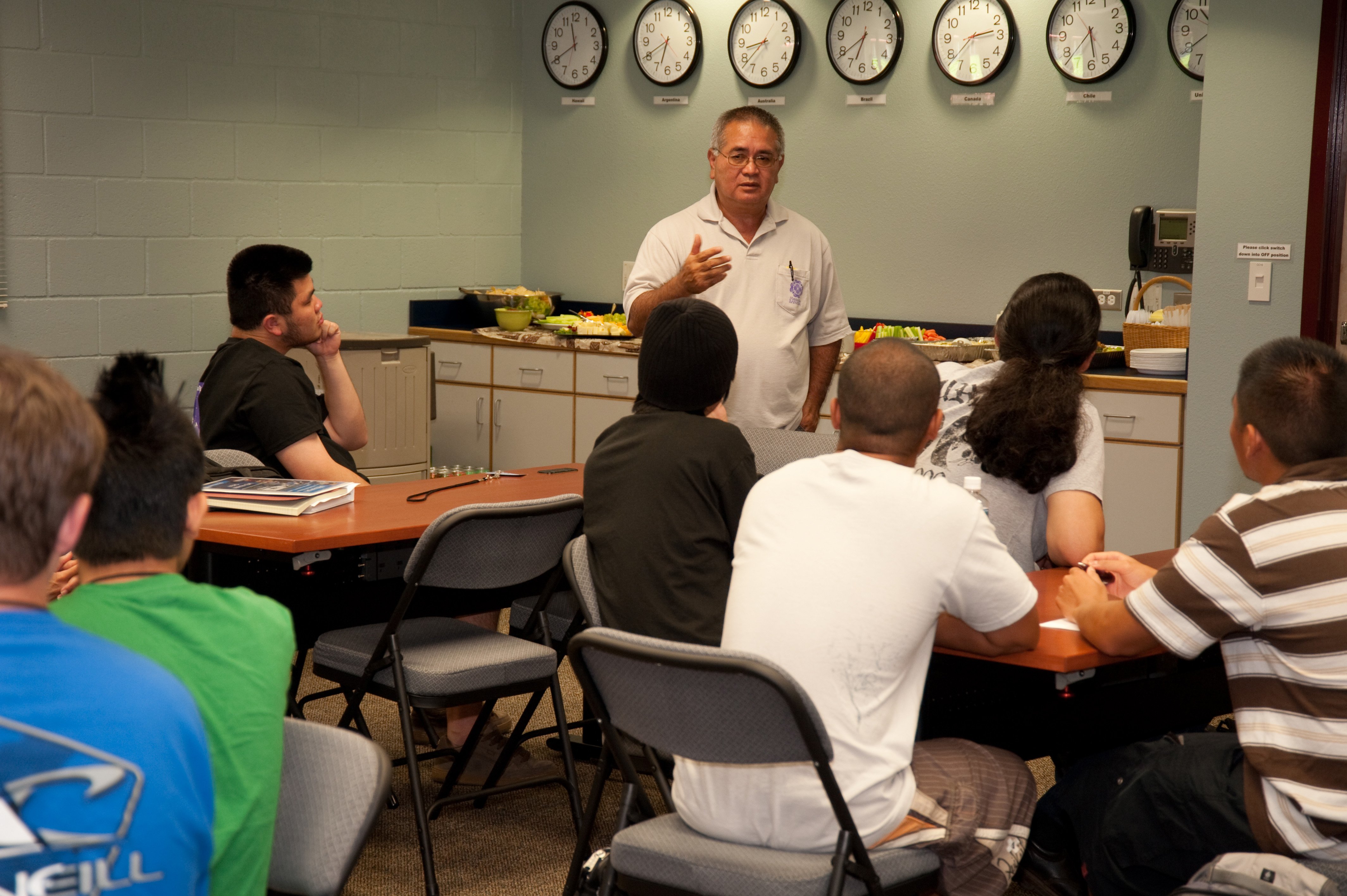I was asked to say a few words last week when Mayor Billy Kenoi invited Senator Daniel Inouye and some folks to a get-together at ‘Imiloa Astronomy Center.
Senator Inouye said a few words and told how his mom was hanaied by a Hawaiian family when both her parents died when she was only four years old. She never forgot, and before she passed away she asked Senator Inouye to promise to repay their kindness.
The senator explained it’s why he has had a special place in his heart for the Hawaiian people all these years.
This is the speech I gave:
Thanks to Mayor Billy Kenoi for bringing us together and thanks to Senator Inouye who had the foresight to envision ‘Imiloa, this great facility that now brings the Hawaiian culture and science together.
I want to tell a story about a small 11-year-old kid who lived down the beach at Maku‘u during World War II. That was before Hawaiian Paradise Park subdivisions and before Hawaiian Beaches. To get to Pahoa, the main town, one had to walk or ride a horse.
Planes would fly from Hilo and do target practice on Moku ‘Opihi, a small island about a mile further down the coast from the family house. The pilots knew that the small kid would jump up and down and wave at the planes. Some turned their planes sideways, smiled and waved at the kid and others would buzz the house and waggle their wings.
The small kid decided right there that he was going to become an airplane pilot. He did not know how—just that he would.
That small kid came from a very poor family. No one had gone to college. But he went to Pahoa High School and played basketball. His coach, a new teacher from Texas, helped him get a scholarship to UH Manoa.
He went and since there was an Air Force Reserve Officer Training Course (ROTC) program there, he joined.
When he graduated he applied for flight school. The next thing he knew he was in Arizona, learning to fly airplanes.
He spent 20 years in the Air Force, flying KC135 refueling tankers. Later, he became the airport manager of Hilo and Kona airports and held that job for 17 years.
Senator, you may know Frank Kamahele. He is my dad’s first cousin. I just talked to him the other day and he said that he was the luckiest person in the whole world. A Hawaiian jet plane pilot and airport manager who went to Pahoa High School. He does not know why he was so lucky. He could just as easily have become a cut cane man. He told me he had been pretty good at that.
And that brings me back to ‘Imiloa and the Moores. The Moores are a large funder of the Thirty Meter Telescope. They set up a program for all the kids on the Big Island to visit ‘Imiloa.
Ka‘iu Kimura, ‘Imiloa’s assistant director and one of our up and coming Hawaiian leaders, tells me that 10,000 students have already passed through and another 10,000 are coming. Just imagine how many Frank Kamaheles there are among them!
That is what ‘Imiloa represents, and thank you, Senator Inouye for the vision and the execution.
About three years ago the TMT folks expressed interest in siting their telescope on Mauna Kea. After a year went by, folks were pretty much resigned to the fact that they were going to Chile.
I went to a Comprehensive Management Plan meeting and there were about 35 people in the room. Fifteen were against the project, one was for it and the rest were just interested bystanders.
But then things turned around. At the recent draft EIS hearing, which was the most contentious of the six hearings, 15 people spoke against it, 15 people spoke for it and there were 175 silent majority folks in the room. This was a huge turn around.
What happened?
The most important thing that happened was that Henry Yang, president of the TMT board, was a person we all could trust. He listened. And he did things local style. He came in more than 15 times, visited folks again and again and built up relationships. He went to Keaukaha four times and by the last time he was just Henry.
The second thing was that we were able to build up this coalition of all the folks you see here today. We talked story in the community a lot, and over and over we heard from Patrick Kahawaiola‘a, President of the Keaukaha Community Association, that the most important thing was “the process.”
And as we thought about this, we realized that if the process is most important, then all contributors to the process, no matter what side of the issue they are on, made for a better product. And so we always need to aloha the loud voices, too, who early on told us that things were not quite right. It was about us. All of us. Not me against you.
So when we had our first sign waving in support of the TMT, nearly 150 people showed up. We told everyone that we were meeting to celebrate the process and told them to bring their kids, and they did. It was very significant.
From there, whenever we went to hearings people felt like they were all on the same side, it was more like “I feel your pain.” We all felt like we were contributing to a better Hawai‘i.
The Thirty Meter Telescope board has committed to contributing $1 million annually to an education fund to be administered by the community, if the telescope is built on Mauna Kea. The funding starts when construction permits are issued. Including the nine years of construction time, it will total $58 million of education funds for Big Island keiki.
The Hawaii Island Economic Development Board has been working on the governance of this fund for nearly a year. We envision that the THINK (The Hawai‘i Island New Knowledge) fund will inspire and support the many Frank Kamaheles out there.
We will have done a good job if we post the pictures of all the folks on the governance board and everyone on the Big Island walks by and nods their approval.
Thank you, Mayor Kenoi, for bringing us all together. And thank you, Senator Inouye, for having the wisdom and foresight to build ‘Imiloa – this wonderful astronomy museum that blends the Hawaiian culture with astronomy.




